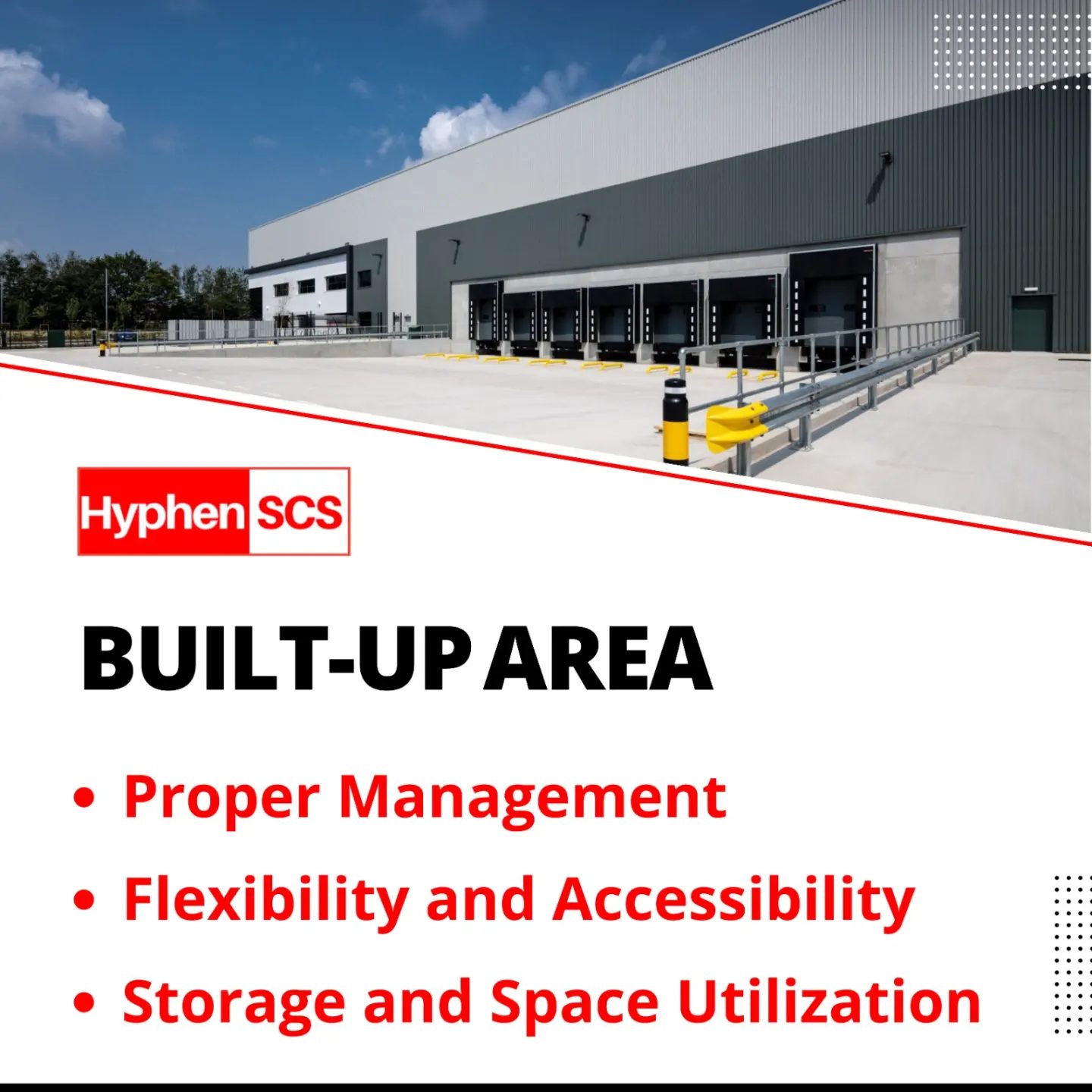
The term “Built-up Area” typically refers to the total area covered by a structure, including all floors and spaces within the building.
However, the specific requirements for a warehouse’s built-up area can vary based on factors such as the purpose of the warehouse, local building codes, and the needs of the business.
Flexibility, accessibility, proper management, and efficient storage and space utilization are crucial factors in the design and operation of warehouses.
- FLEXIBILITY:
(i) Adaptable Layout:
A flexible warehouse design allows for easy adaptation to changing operational needs. Modular storage systems, movable partitions, and adjustable shelving can contribute to a more flexible layout.
(ii) Scalability:
The ability to scale up or down in response to changes in inventory or business requirements is essential. This can involve easily reconfigurable spaces and systems.
- ACCESSIBILITY:
(i) Strategic Location:
The warehouse should be located in a strategic area that facilitates easy access to transportation networks, such as highways, ports, and railroads, to ensure efficient distribution.
(ii) Proper Dock Facilities:
Well-designed loading docks with adequate space for trucks to load and unload goods quickly contribute to accessibility.
(iii) Clear Aisles and Pathways:
Ensuring clear and accessible aisles within the warehouse enhances the movement of goods and reduces the risk of accidents.
- PROPER MANAGEMENT:
(i) Inventory Management Systems:
Implementing advanced inventory management systems helps in tracking stock levels, optimizing reordering processes, and minimizing stockouts or overstock situations.
(ii) Technology Integration:
Using technologies like RFID, barcode scanners, and warehouse management systems (WMS) enhances overall management efficiency.
(iii) Workforce Training:
Properly trained staff contributes to efficient warehouse operations, reducing errors, and improving overall productivity.
- STORAGE AND SPACE UTILIZATION:
(i) Optimized Racking Systems:
Implementing efficient racking systems, such as pallet racking or mobile racking, helps maximize vertical space and improve storage density.
(ii) Cubiscan Technology:
Utilizing technologies that measure and optimize the cubic space of products can enhance storage efficiency.
(iii) Regular Audits and Reviews:
Periodic assessments of inventory and storage practices help identify areas for improvement and ensure optimal space utilization.
